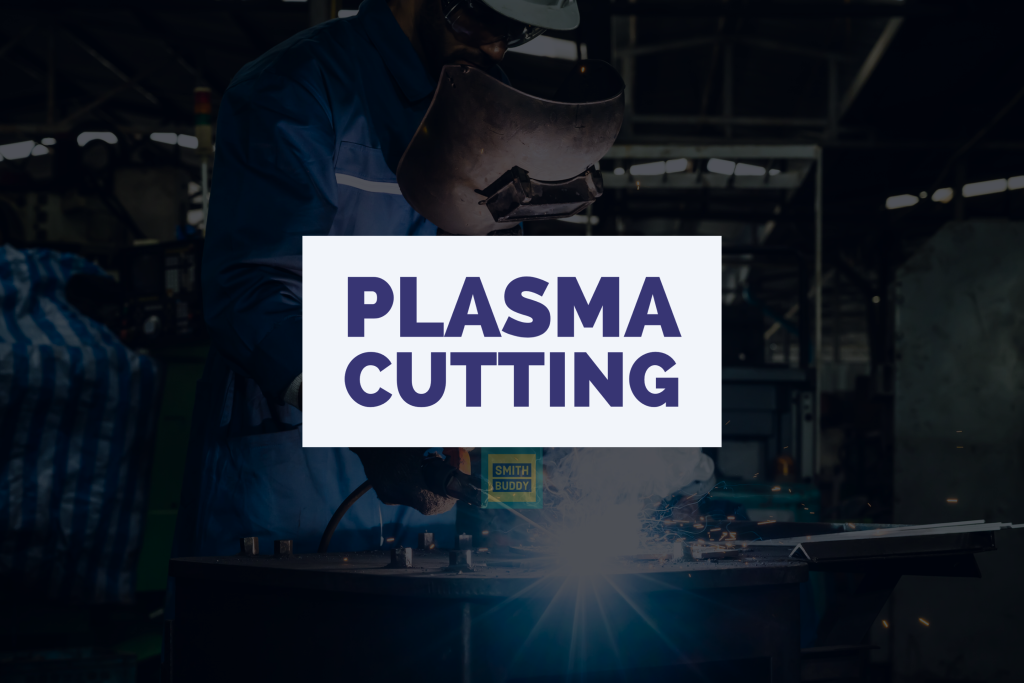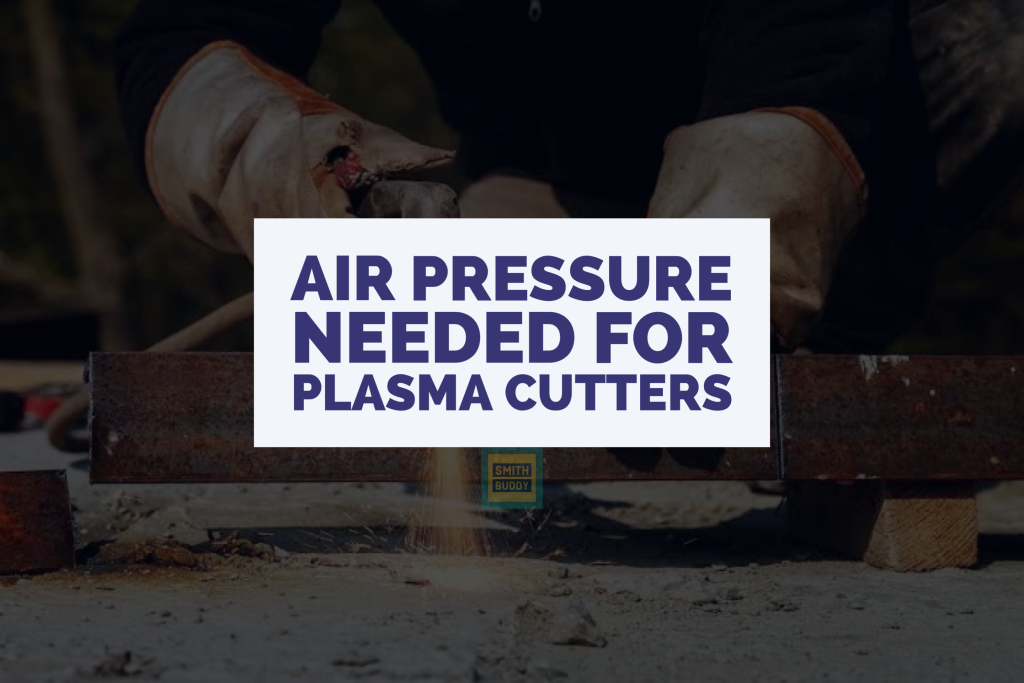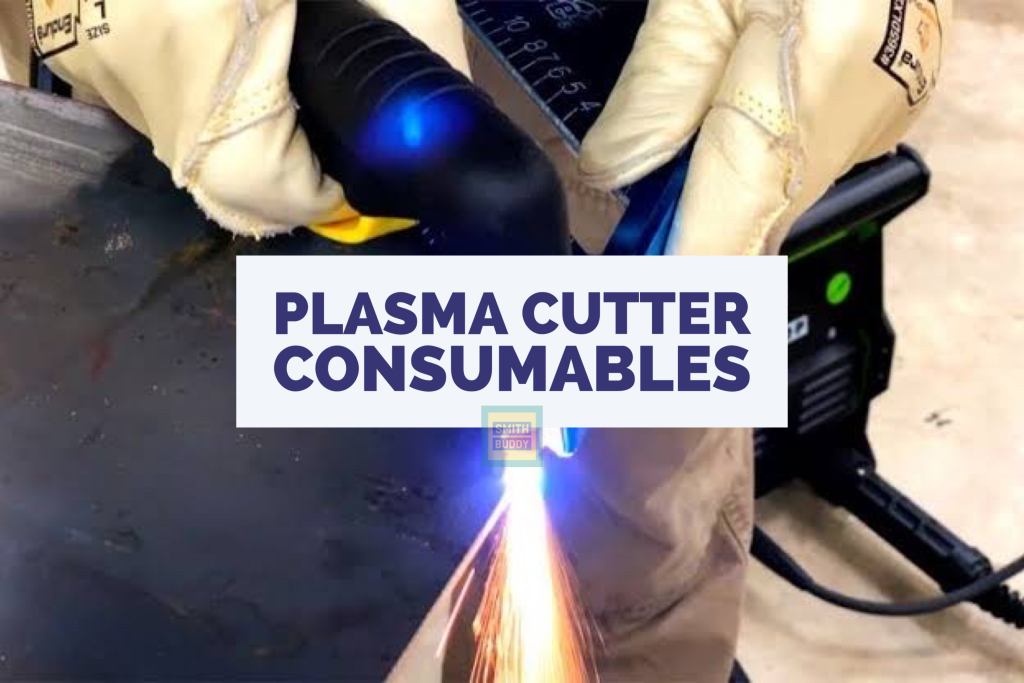Plasma cutting and laser cutting are two of the most widely used industrial cutting processes. Both processes are used to cut a variety of materials, including metals, plastics, and wood. Although both methods are used for cutting, they differ in several aspects, including the type of energy used to cut the material, the quality of the cut, and the cost of the equipment. In this article, we will compare and contrast plasma cutting and laser cutting, exploring their similarities and differences to help you understand which method might be best suited to your particular needs.
Plasma Cutting
Plasma cutting is a metal cutting process that uses a high-velocity jet of ionized gas, also known as plasma, to melt and cut through metal. This process is often used in industrial settings, where precision cuts are required, and a high level of accuracy is necessary.
One of the significant advantages of plasma cutting is its ability to cut through a wide range of materials, including aluminum, stainless steel, and copper, with ease. The process is also faster and more efficient than traditional cutting methods, such as sawing or drilling. Additionally, the plasma cutting process can be used on materials of varying thicknesses, making it a versatile cutting method.
Have a look at these plasma cutters.
However, there are also some negative sides to plasma cutting. One of the primary drawbacks is the cost of the equipment, which can be expensive, particularly for industrial-grade equipment. Additionally, the process produces a significant amount of noise and can generate hazardous fumes, which require adequate ventilation and safety measures to ensure worker safety.
For example, plasma cutting is commonly used in automotive repair shops, metal fabrication shops, and construction sites to cut through thick sheets of metal for a variety of applications, including HVAC systems, structural steel, and metal artwork. Despite its drawbacks, plasma cutting remains a popular and effective method for cutting metal due to its speed, accuracy, and versatility.
Laser Cutting
Laser cutting is a non-contact process that uses a high-powered laser to cut through a variety of materials, including metals, plastics, and wood. The laser beam is focused to a small point, creating a high-intensity beam of light that vaporizes the material and cuts through it with precision.
One of the main advantages of laser cutting is its precision and accuracy. The laser beam can create cuts as small as 0.1mm, which makes it ideal for intricate designs and patterns. Additionally, the process is highly automated, which reduces the chances of human error and increases efficiency.
Another advantage of laser cutting is its ability to cut through thick materials quickly and efficiently. Unlike plasma cutting, which requires more power to cut through thick metal, laser cutting can cut through thick materials with ease, making it a popular choice for industrial applications.
However, one of the drawbacks of laser cutting is its cost. The equipment is more expensive than plasma cutting equipment, and maintenance costs can also be higher. Additionally, the process generates a significant amount of heat, which can deform or warp thin materials.
For example, laser cutting is commonly used in the aerospace industry to cut through high-strength materials such as titanium and aluminum for parts used in aircraft manufacturing. It is also used in the fashion industry to cut intricate designs and patterns into fabrics and leather.
Overall, laser cutting is a highly precise and versatile cutting method that offers several advantages for industrial and artistic applications, but its higher cost and potential for heat damage make it less suitable for some applications.
Plasma Cutter Vs Laser Cutter
Plasma cutters and laser cutters are widely used in the metal fabrication industry for their cutting capabilities. They offer different advantages, limitations, and applications. This in-depth comparison will guide you through the key differences between plasma and laser cutting technologies, helping you choose the best solution for your project requirements.
Here’s a Comparison Chart
| Plasma Cutting | Laser Cutting | |
| Cutting Mechanism | Cuts through thicker materials | Cuts through thinner materials |
| Precision | Lower precision | Higher precision |
| Cutting Speed | Lower maximum cutting speed | Higher maximum cutting speed |
| Cost | Cheaper | More expensive |
| Material Type | Works on electrically conductive material | Works on non-conductive material |
| Heat Generation | Generates more heat | Generates less heat |
| Kerf Size | Cuts with a wider kerf | Cuts with a narrower kerf |
| Suitability | More suitable for large parts | More suitable for small parts |
| Noise | Generally noisier | Generally quieter |
Working Principle
Plasma Cutter: A plasma cutter works by ionizing gas and creating an electrically conductive channel of plasma. The ionized gas is forced through a small nozzle, forming a high-velocity jet that melts and cuts through the material.
Laser Cutter: A laser cutter works by focusing a high-powered laser beam on the material’s surface. The material absorbs the laser energy, which heats it up and causes it to vaporize, ultimately cutting through the material.
Material Compatibility
Plasma Cutter: Plasma cutters are generally suited for cutting conductive materials like steel, stainless steel, aluminum, copper, and brass. They are not suitable for non-conductive materials, such as plastics, glass, or ceramics.
Laser Cutter: Laser cutters can process a wider variety of materials, including metals, plastics, wood, textiles, glass, and ceramics. Different laser types, such as CO2 and fiber lasers, are used depending on the material being cut.
Cut Quality
Plasma Cutter: Plasma cutters produce a larger heat-affected zone (HAZ) and rougher cut edges compared to laser cutters. This may require additional post-processing like grinding or sanding to achieve a smooth finish.
Laser Cutter: Laser cutters offer superior cut quality, with minimal HAZ and clean, smooth edges. They can also achieve more intricate and detailed cuts due to the precision of the laser beam.
Cutting Speed and Thickness
Plasma Cutter: Plasma cutters generally provide faster cutting speeds for thicker materials, up to several inches. However, their cutting precision decreases as material thickness increases.
Laser Cutter: Laser cutters are more precise but tend to have slower cutting speeds, especially for thicker materials. They are ideal for thin to medium-thickness materials, typically up to 1 inch for metal.
Operating Costs and Maintenance
Plasma Cutter: Plasma cutters have lower initial costs and are less expensive to maintain, primarily due to the simplicity of their components. Consumables, such as electrodes and nozzles, need to be replaced periodically.
Laser Cutter: Laser cutters have higher initial costs and maintenance expenses, mainly due to their more complex systems and components. However, they have lower consumable costs, as they rely on mirrors and lenses that require occasional cleaning or replacement.
Energy Consumption
Plasma Cutter: Plasma cutters consume more energy compared to laser cutters, as they require high voltages to generate the plasma arc.
Laser Cutter: Laser cutters are generally more energy-efficient than plasma cutters, particularly when processing thinner materials.
Safety
Plasma Cutter: Plasma cutting generates ultraviolet and infrared radiation, as well as fumes and noise. Proper personal protective equipment (PPE), such as goggles, gloves, and hearing protection, is essential when operating a plasma cutter.
Laser Cutter: Laser cutting also involves risks, including eye damage from direct or reflected laser beams, and fumes from vaporized materials. Laser cutters typically have built-in safety features, such as enclosures and interlocks, but appropriate PPE is still necessary.
Conclusion
Choosing between a plasma cutter and a laser cutter depends on various factors, including material type, cut quality, thickness, speed, costs, and safety considerations. Plasma cutters are generally more suitable for cutting thicker, conduct





